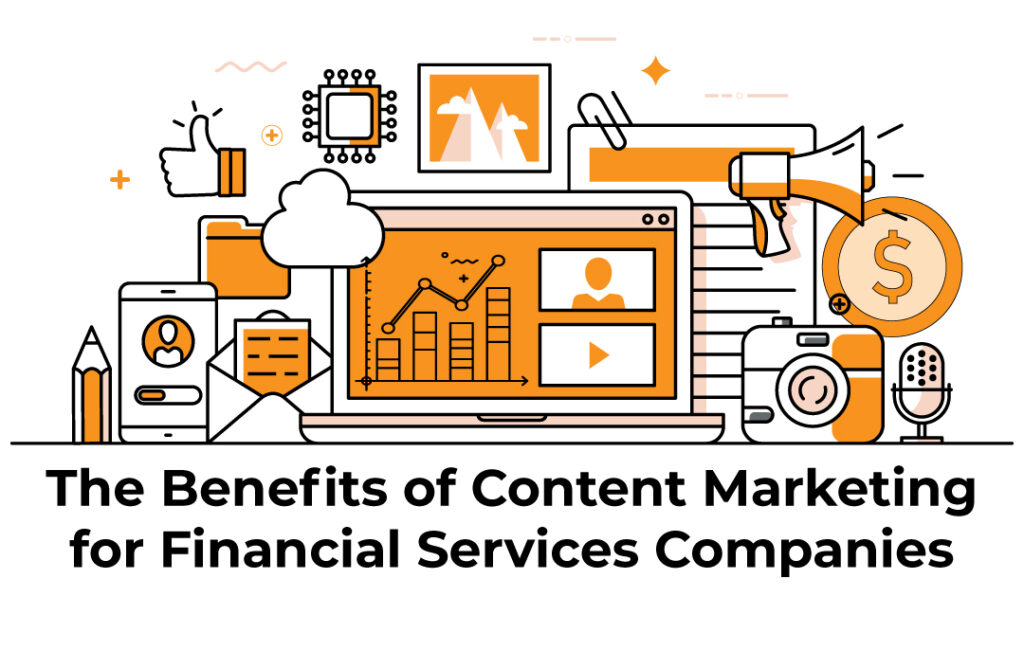Sales and marketing often find themselves in conflict. Sales wants all the energy to be on the pipeline and closing. Marketing just wants to be left alone to successfully generate leads often based on quantity, not quality.
Today, we’re going to look at a small segment of the overall funnel, and what is often the stickiest segment of all: marketing qualified leads (MQLs) and sales qualified leads (SQLs).
We’re going to cover:
- The overall customer lifecycle
- How to handle MQL and SQL passes
- What to do with drop-offs
Quick note: we’re only focusing on web-based, sales and marketing-driven consumer life cycles, but you can expand these out to non-web activities fairly easily.
The consumer lifecycle
Each consumer lifecycle is different, but here’s the rough overview of what goes where when it comes to someone moving through a sales and marketing funnel:
- Visitors/prospects: People who have just visited your website. They come from organic search, referrals, paid channels and social media
- Lead: A visitor who has engaged enough with your site that you know a little more about them. Sometimes this is a subscriber or an email opt-in.
- MQL: A lead who has crossed a certain threshold and is deemed ready to be passed onto sales. It’s usually based on giving up more information in exchange for further sales qualification, like requesting pricing.
- SQL: Sales evaluates the MQL, has determined it has real potential and is ready to graduate it to an opportunity. You can think of it as a “sense check” before you get to the more manual-labor side of the cycle.
- Opportunity: Sale-qualified leads who are being closed or lost.
- Customer: Closed opportunities that have become paying customers.
- Evangelist: Dedicated customers who tell the world about your company.
That’s the basic idea of a sales funnel. The friction is often between MQLs and SQLs when a lead is passed from marketing to sales.
Streamlining the MQL/SQL handoff
The MQL/SQL transition presents a problem because different teams are running each side of the funnel.
And as such, sometimes incentives run counter to each other. Here are a few tricks to keep sales and marketing working together.
1. Use sales talk-tracks to inform marketing messaging (and vice versa)
This might be a handoff for your business, but it’s all one process to the lead. Make sure your messaging matches how you communicate with MQLs and with SQLs.
2. Incentivize marketing to deliver deals, not MQLs
Marketing is often tasked with driving new leads. When it’s just a number, they can end up filling the funnel with… rubbish.
To get around this problem, attach a marketing development rep (MDR) to the marketing team to qualify MQLs. If there’s garbage coming down the pipe, marketing will hear about it.
3. Remarketing
This is the most important aspect of drawing MQLs and SQLs closer together.
There are going to be bad MQLs that don’t get qualified and bad SQLs that aren’t real opportunities. But as an organization, a lot of effort has already been invested in these prospects.
To get the most juice out of them and keep sales happy that even unqualified leads will eventually reach them and keep marketing happy that all their work isn’t being wasted, you need to build drip remarketing campaigns.
Usually, these campaigns are driven by email marketing. Drip campaigns should be built so that they nurture leads with relevant and engaging content and re-feed your funnel as they pass through it. You reduce your overall cost per lead, increase funnel efficiency and bring sales and marketing closer together.
Conclusion: sales and marketing can be closer than ever
Sales and marketing don’t have to be at odds. They can be tremendously powerful when they work together.
By linking the two at the handoff from MQL to SQL, organizations create a better experience for customers and a better outcome for themselves.
Email us today if you need help with any aspect of the sales cycle. We like to think of ourselves as experts on the subject and would love to lend a hand.






